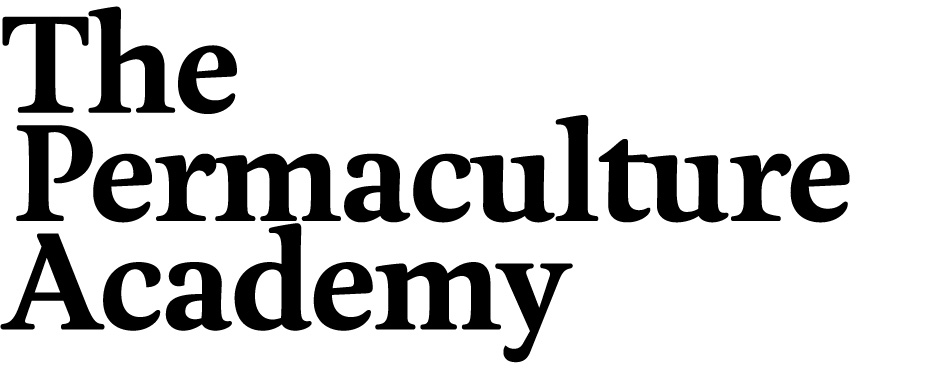A Permaculture Journey
By Jen Pizzolo
What is Permaculture Design?
For the past few years, I have been hearing the word Permaculture used more and more often in conversations about sustainability and climate change, but I have never fully understood its meaning. I assumed Permaculture had something to do with organic gardening, but I realized I was probably missing the bigger picture. So, in order to solve this predicament once and for all, I signed up for a class at The Permaculture Academy in Altadena, California, where it is hosted at Odyssey Charter School.
The biggest surprise was that my first lesson was not about what Permaculture is, but rather what it is not. “Permaculture is not about gardening. We don’t do permaculture - We use permaculture in what we do.” This was stated by Larry Santoyo, Vice President of the Permaculture Institute and lead instructor for the design course series. He went on to say, with the slightest of smirks, that the definition for Permaculture cannot be found within the pages of an eco-hipster magazine. This elicited a round of chuckles from us students, many of whom are fond of such reading material. Santoyo’s joke intrigued me. Ok, I thought, if Permaculture Design isn’t about organic gardening, then what is it about?
Permaculture as a Way of Thinking
"Permaculture is decision making and problem solving protocols," Santoyo finally revealed. It describes a way of thinking and analyzing situations. Can I use Permaculture Design to plan my garden? Yes. But, it turns out, I can also use Permaculture Design tools to analyze the best way to run my community organization and more. Permaculture Design means using a set of protocols and principles to analyze a given situation. And where do these protocols and principles come from? Nature, of course.
Who is Larry Santoyo?
Larry Santoyo is an artist, land use planner, green business consultant, and the founder of The Permaculture Academy. As lead instructor, Santoyo filled our heads with facts and figures, yet kept us entertained by filling the day with what my friend calls ‘Larryisms.’ One of my favorites is, “Whoever told you the world is a place lied to you. It’s a process.” He clarified this by explaining that when analyzing a landscape, it’s true we need to know where we are, but we also need to know when we are. We need to ask questions such as, ‘What happened right before this? What will happen right after this?’ This lesson still sits with me weeks after I left the class. All my life, I have seen the world as a place. It will take many more classes for me to be able to truly look at a landscape, or even at something as seemingly simple as my backyard garden, and see it as a process. To achieve this vision, I feel like I will need to do the equivalent of squinting my eyes and blurring my vision, like I did in the early 90’s to see one those 3D-images jump out of a painting. And it’s actually just as exciting.
The Sustainability Question
Perhaps the million dollar question we students wanted to know: Does Permaculture Design lead to sustainability? What I learned is that Permaculture Design can get us pretty close to a sustainable future. The protocols and principles of Permaculture Design lead towards sustainability; however, perfect sustainability isn’t the goal. That would imply that we could design a perfect set of conditions for a landscape, sit back, and let everything run on auto-pilot. This will never be the case. “We don’t measure success or failure,” Santoyo said. “We just keep making adjustments.” Permaculture Design offers a form of stability, but not stability like a concrete building. It’s more like the stability of riding a bike: numerous, tiny adjustments made over time that give the overall image of a perfectly smooth ride. Even the best plan will need to be analyzed and fine-tuned as time goes by. “Life,” according to Santoyo, “is a verb.”
I definitely learned a lot on my first day of class, but my biggest lesson was realizing how much I still have to learn. The class was lively and fun, and I’m excited to continue this journey.

